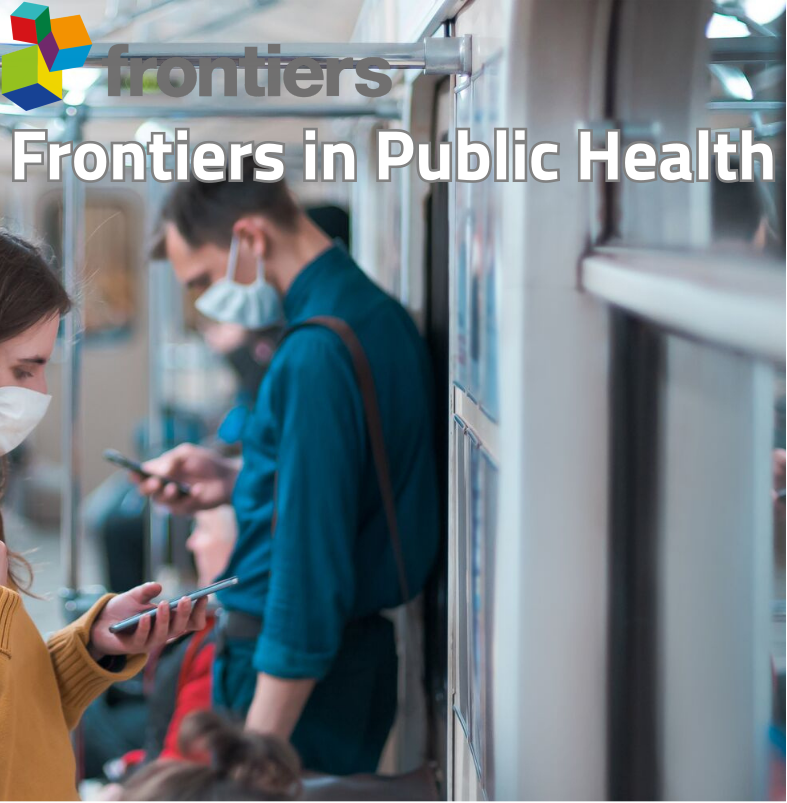7 أبريل 2025

Sex-stratified analysis of marketing exposure and current e-cigarette use among Saudi adolescents
Abstract
Background:
The rising use of e-cigarettes among adolescents presents a growing public health concern, particularly in countries like Saudi Arabia, where tobacco marketing regulation is still evolving. Although marketing is a known driver of youth tobacco uptake, evidence from the Eastern Mediterranean region remains limited. This study examined the association between exposure to e-cigarette marketing and current use among Saudi adolescents using nationally representative data.
Methods:
We analysed cross-sectional data from the 2022 Global Youth Tobacco Survey (GYTS) in Saudi Arabia, a nationally representative, school-based survey of adolescents aged 13–15 years. Key exposures included seeing a point-of-sale (POS) advertisement and being offered a free e-cigarette. A composite marketing exposure score (0, 1, or 2 exposures) was created. The outcome was current e-cigarette use, defined as use on at least one day in the past 30 days. Survey-weighted logistic regression models estimated crude and adjusted odds ratios (aORs), adjusting for age, sex, parental smoking, and peer smoking. Sex-stratified analyses were also conducted.
Results:
Among 5,610 adolescents, 300 (5.4%) reported current e-cigarette use. Of all respondents, 5.7% had been offered a free e-cigarette and 19.7% had seen a POS advertisement. Both exposures were significantly associated with current e-cigarette use: free product offer (aOR: 6.57; 95% CI: 4.61–9.36; p < 0.001) and POS ad exposure (aOR: 2.66; 95% CI: 1.79–3.97; p < 0.001). A dose–response relationship was observed, with those exposed to both forms of marketing having 15 times the odds of current use (aOR: 15.05; 95% CI: 7.81–29.02; p < 0.001). Associations were significant for both males and females.
Conclusion:
Exposure to e-cigarette marketing is a strong and consistent predictor of adolescent use in Saudi Arabia. These findings support urgent policy action to restrict youth-targeted tobacco promotions.
المزيد










